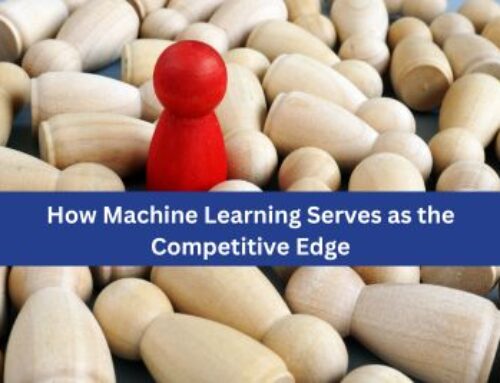Fundraising is basically B2B sales. One of the common elements between B2Bs and fundraisers is the value of the prospects in the CRM and the amount of resources necessary to close a transaction. A B2B marketer works with $100K+ business prospects, just as a major-gifts fundraiser solicits $100K+ prospects for donations. A hypothetical B2B campaign might look like this:
- Initial email and phone outreach
- Lead nurturing through email
- Sales pipeline management and reporting
- Tracking activities to track interests and needs
- Proposal management and negotiation
However, where B2Bs sell products and services, fundraisers sell charitable support and philanthropic opportunity. Donors may want to support environment programs at leading Universities, add their name to a building on campus, or start a scholarship. As illustrated by Harvard Business Review, philanthropists want to create permanent change in the world, versus temporary fixes. Selling that change, requires a similar structure and regiment that a traditional salesperson might use.
What does it take to win over donors?
Managing donor expectations requires time, resources, and appropriate tracking in a CRM. It’s not uncommon for a large university to spend two to three years soliciting a $1M gift. And, smaller gifts of $100K+ often require close collaboration between the prospect and staff. Nonprofits spend time rating prospects, entering contact reports and assembling portfolios of the most valuable prospects.
This coordination between fundraisers and prospects is often called a prospect management, with the higher-education sector defining prospect management as follows:
The creation and management of an information tracking system (sometimes called a ‘moves management’ or ‘donor tracking’ system) to chart the progress of prospects through the continuous fundraising cycle of identification, cultivation, solicitation and stewardship.”
Prospect management is the maintaining of prospect records, the assignment of prospects to staff, and the movement of prospects through various stages in the sales funnel. A good analyst will look at the timing of prospect record creation and suggest strategies for distributing prospects to team members within an organization. They will often be found balancing in-person prospect rating information with researcher information derived from Google or third-party data.
Any successful prospect management program begins with a leader who is willing to compose a prospect management policy and guide the assignment of prospects to fundraisers (or salesforce staff). The leader examines what types of contact points take place between the team and prospects. Coordination with analysts is performed in order to customize the CRM for high-value interactions and measurement and reporting systems are put in place. In addition, a prospect management leader, serves a similar role to a sales manager—they referee conflicts for prospect assignment and set data hygiene rules.
What should you be looking for in a prospect management system?
If you’re in the early stages of implementing a prospect management system – here are some key questions to ask:
- What values need to be added to the database enhance relationship management?
- Is your organization’s CRM data organized?
- Are items missing from the database and contained on post-it notes and/or shadow databases?
- Are there more prospects than can be actively managed?
- Are fundraisers fatigued in managing too many prospects?
Keep in mind that sometimes less is more. It’s reasonable to experiment with assigning varying portfolio sizes to your team to see if higher quality leads can be established through more focus and attention to high-value prospects.
About the author: Steve Ludwig is a senior consultant with Lityx, working in non-profit and for-profit sectors. Steven earned his master’s in integrated marketing from Northwestern University and his bachelor’s in economics from the University of Michigan. He has seven years of fundraising-data experience, working as a statistician and as a prospect data analyst.


